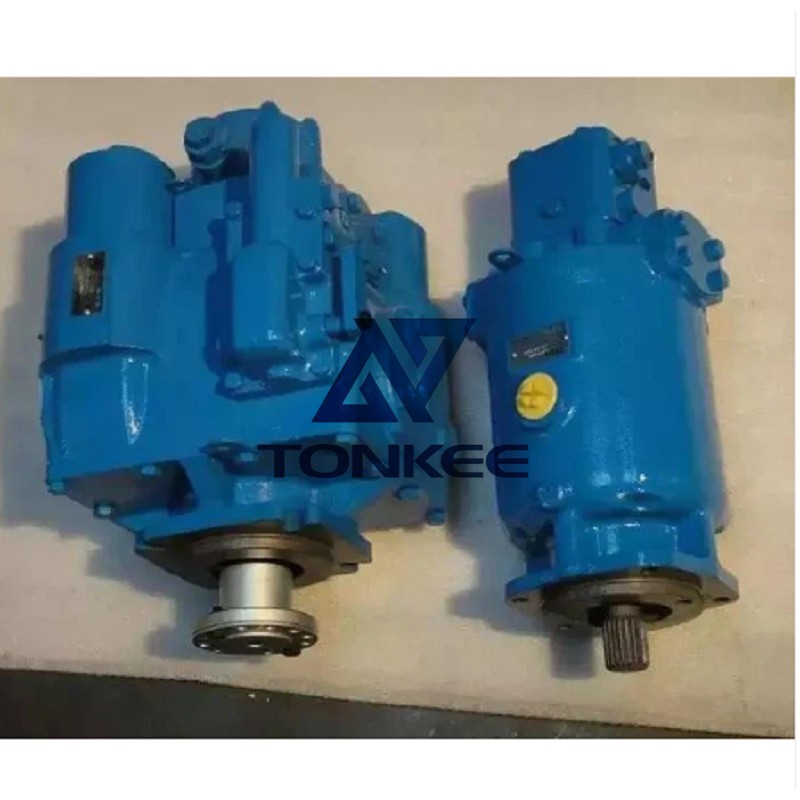
Shop 5433-138 5423-518 4633-045 Hydraulic Pump | Partsdic®
5433-138 5423-518 4633-045 Hydraulic Pump | Partsdic®
The physical size and weight of the hydraulic pump should also be taken into account, particularly when space is limited or weight restrictions exist. Compact and lightweight pumps are desirable for applications where size and weight are critical factors. However, it's important to strike a balance between size, weight, and performance to ensure optimal functionality.
The physical size and weight of the hydraulic pump should also be taken into account, particularly when space is limited or weight restrictions exist. Compact and lightweight pumps are desirable for applications where size and weight are critical factors. However, it's important to strike a balance between size, weight, and performance to ensure optimal functionality.



